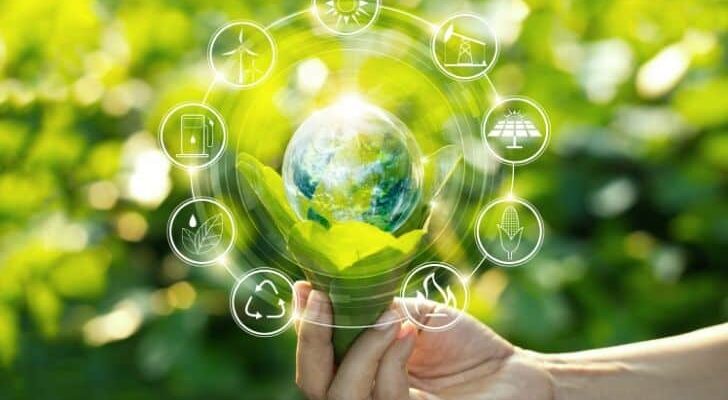The carbon footprint is the amount of greenhouse gas emissions produced by human beings when manufacturing a product or carrying out their daily activities; it is the footprint we leave on the planet. It is expressed in tons of CO2 emitted.
Thus, each one of us leaves a carbon footprint on the planet according to the consumption and type of habits we carry out daily. Our diet, how we do our daily shopping, what energy consumption we make, and the transport we use.
We can then talk about Global Warming due to the process in which GHGs (greenhouse gases, mainly CO2), mainly from the burning of fossil fuels, accumulate in the atmosphere and retain part of the heat emitted by the Earth. That is how important it is to know precisely what the carbon footprint is and how important it is to reduce the human footprint as much as possible, starting with each of us in our daily lives and habits.
The carbon footprint allows us to modify our energy consumption habits, products, mobility, etc., to reduce the CO2 emissions associated with our daily lives as much as possible. But achieving a zero carbon footprint is difficult. Therefore, to be carbon neutral, it is possible to offset the carbon footprint that has not been reduced.
With the signing of the Kyoto Protocol in 1997, in addition to other global initiatives such as the Montreal Protocol, the Earth Summit, the Paris Summit, and most recently, the Conference of the Parties (COP), governments committed to reducing their greenhouse gas emissions by 5% over the period 2008 to 2012 compared to the 1990 level.
In addition to these measures, industrialized countries can resort to complementary mechanisms by investing, through carbon credits, in projects to reduce greenhouse gases outside their territory. This is how carbon offsetting began.
The offsetting of CO2 emissions consists of the voluntary contribution of a monetary amount, proportional to the tons of CO2 generated, to a project which absorbs several tons of CO2 equivalent to that generated in our activity, through a carbon sink project by reforestation, or which avoids the emission of an equivalent quantity of tons of CO2 using an energy-saving or efficiency project, the replacement of fossil fuels by renewable energies, waste treatment or the conservation of forest masses threatened by deforestation.
In addition, offset projects must reduce or absorb CO2 and contribute to improving the living conditions of the communities where they are developed, generating jobs, and improving services, whether the project is located in developing countries or in the country itself.
But what is carbon credit? When a person or company wants to offset their CO2 emissions, they acquire the number of carbon credits corresponding to the volume of their greenhouse gas emissions.
1 carbon credit = 1 ton of CO2 avoided.
The demand for carbon credits is sometimes more significant than the number of existing projects. This is why a carbon credit is said to be “ex-ante” when it is sold before the reduction of CO2 emissions has taken place. On the other hand, an “ex-post” carbon credit corresponds to the project’s financing once emissions have been avoided.
Note that a reduction project implemented in a developed country may not always be subject to the generation of carbon credits. For example, a reforestation project implemented in Spain does reduce emissions in the national territory by absorbing CO2, but it is already accounted for in the Spanish government’s national reduction targets. It, therefore, cannot be the subject of carbon credits.













